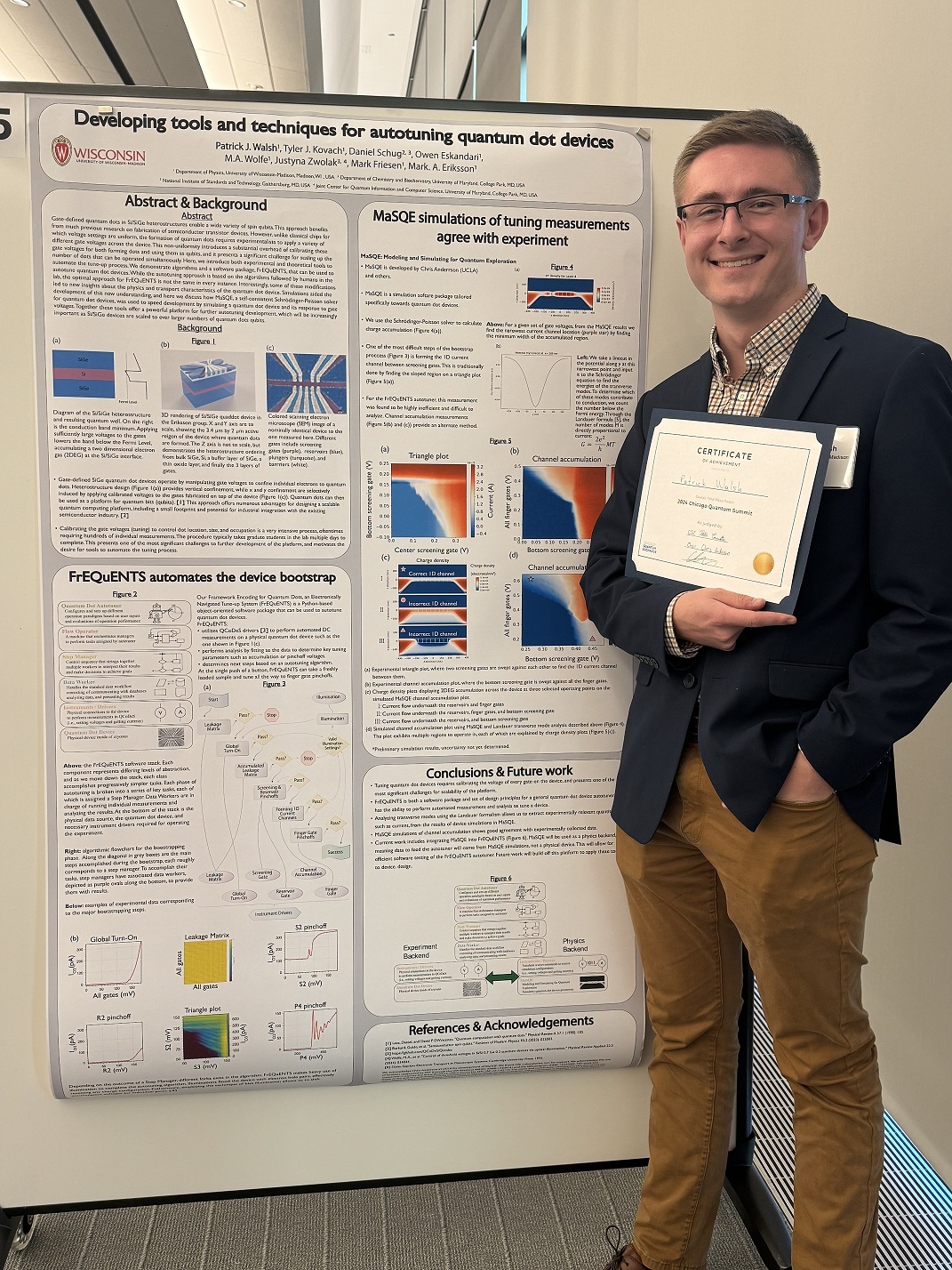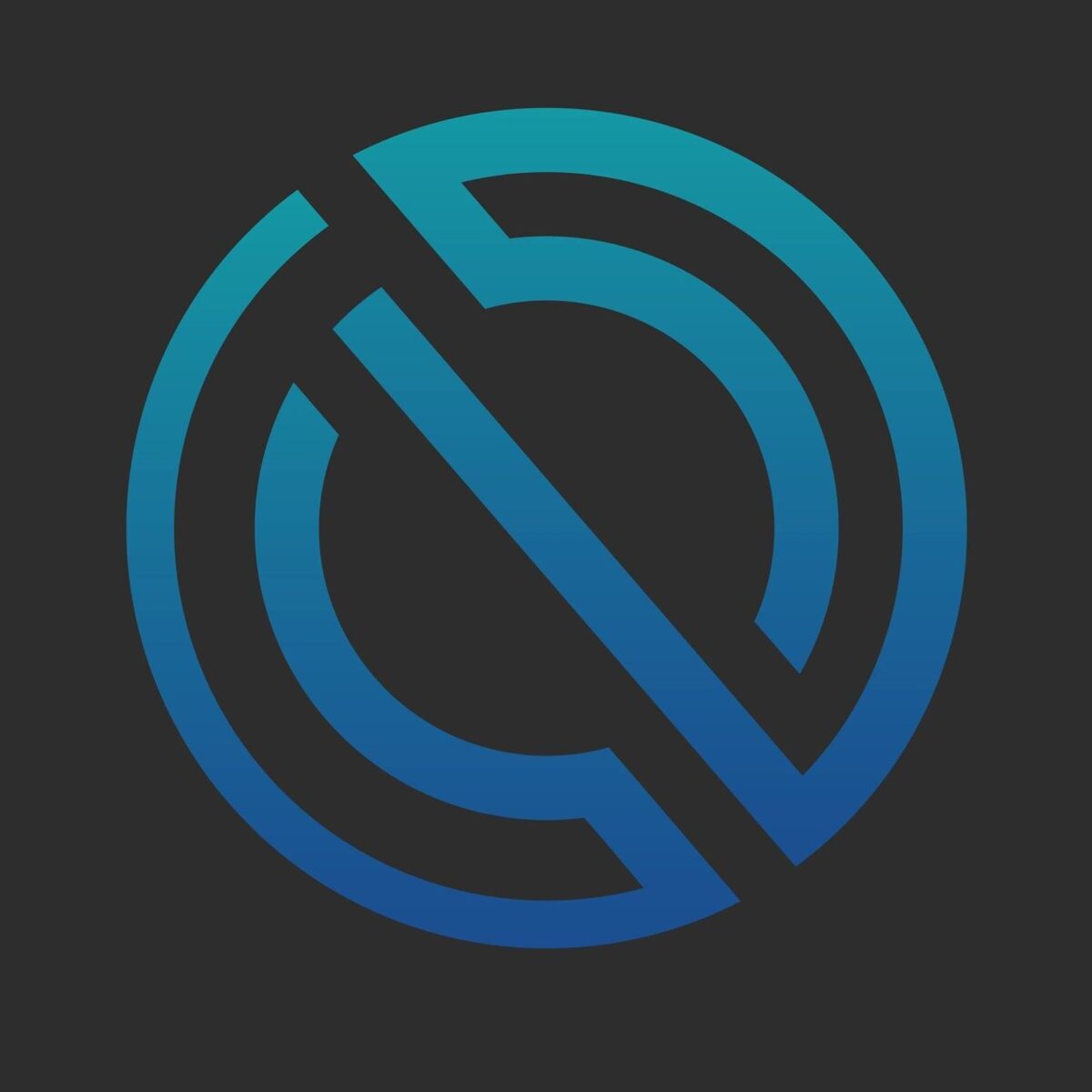Uncategorized
Open Quantum Initiative (OQI) Undergraduate Fellowships are now open!
The Open Quantum Initiative (OQI) Undergraduate Fellowship provides undergraduate students with research experiences working in quantum science laboratories and research groups. OQI fellows spend 10 weeks over the summer working in person with research groups on challenging quantum information science and engineering (QISE) projects. Fellows are given on-campus housing at their institution, a stipend of $6,000, and travel to/from the program. Research experiences occur at the University of Chicago, Argonne National Laboratory, the University of Illinois Urbana-Champaign, the University of Wisconsin–Madison, Northwestern University, and The Ohio State University. No research experience is required. Students enrolled in any undergraduate institution in the United States, including community colleges, are eligible.
Applications for the 2025 OQI Undergraduate Fellowship cohort are open until February 6, 2025.
More information is available by emailing oqi@uchicago.edu or by visiting the OQI website. Interested students, faculty, and staff can also register for online application information sessions, which will include tips on how to craft a strong application.
Congratulations to Patrick Walsh for winning 3rd place at the Chicago Quantum Summit poster session!

Patrick Walsh won 3rd place at the Chicago Quantum Summit poster session. The title of his poster was: Developing tools and techniques for autotuning quantum dot devices.
The seventh annual Chicago Quantum Summit took place on October 21 and 22 and featured dialogue about the growing quantum technology economy, new research initiatives in the field, and efforts to build the quantum workforce.
Members of the CQE community were invited to submit a poster on any quantum information science and engineering topic. Students and postdocs were particularly encouraged to apply.
Several students from UW-Madison took part in the poster session and attended the meeting on October 21.
Britton Plourde elected Fellow of the American Physical Society
Congratulations to Prof. Britton Plourde for being elected a Fellow of the American Physical Society! Plourde was elected “For important contributions to the physics and operation of superconducting qubits, including the development of techniques for …
Read the full article at: https://www.physics.wisc.edu/2024/10/04/britton-plourde-elected-fellow-of-the-american-physical-society/Qiskit Fall Fest – 2024
Welcome to UW-Madison’s second ever Qiskit Fall Fest in partnership with IBM Quantum! All month long we have been partnering with IBM to help build your quantum skills as part of the Qiskit Fall Fest, and now its time to put them to good use! For those of you that participated in the Hackathon last…
Read the full article at: https://wqi.wisc.edu/wqcc/qiskit-fall-fest-2024/DARPA Researchers Highlight Application Areas for Quantum Computing
This post is modified from one originally published by DARPA Amid efforts to explore quantum computers’ transformative potential, one foundational element remains missing from the discussion about quantum: What are the benchmarks that predict whether …
Read the full article at: https://www.physics.wisc.edu/2024/06/24/darpa-researchers-highlight-application-areas-for-quantum-computing/Entangled neutrinos may lead to heavier element formation
Elements are the building blocks of every chemical in the universe, but how and where the different elements formed is not entirely understood. A new paper in The Astrophysical Journal by University of Wisconsin–Madison physics …
Read the full article at: https://www.physics.wisc.edu/2024/06/06/entangled-neutrinos-may-lead-to-heavier-element-formation/MSPQC’s Preetham Tikkireddi wins second place at QED-C student poster presentation
MSPQC student Preetham Tikkireddi won second place for his poster, “Understanding security side channel attacks on multi-tenancy quantum computers,” at the plenary meeting of the Quantum Economic Development Consortium (QED-C), held March 20-21 in Evanston, IL. …
Read the full article at: https://www.physics.wisc.edu/2024/05/23/preetham-tikkireddi-qed-c/Tomorrow’s Quantum Hotbeds? 7 U.S. Cities That Could Incubate The Next Great Quantum Technology Ecosystem

Insider Brief The U.S. is a global powerhouse in quantum research and quantum entrepreneurship with quantum ecosystems emerging in several cities and regions. However, the country has the research acumen, the thirst for entrepreneurship and governments that encourage innovation to create even more quantum ecosystems. Quantum ecosystems tend to emerge from areas where there is […]
Read the full article at: https://thequantuminsider.com/2024/03/04/tomorrows-quantum-hotbeds-7-u-s-cities-that-could-incubate-the-next-great-quantum-technology-ecosystem/Professor Swamit Tannu receives 2024 NSF CAREER Award
“The technical challenges and the potential to make a big, lasting impact—those are the two things that drove me towards quantum computing,” says Tannu.
Read the full article at: https://www.cs.wisc.edu/2024/03/11/swamit-tannu-receives-2024-nsf-career-award/